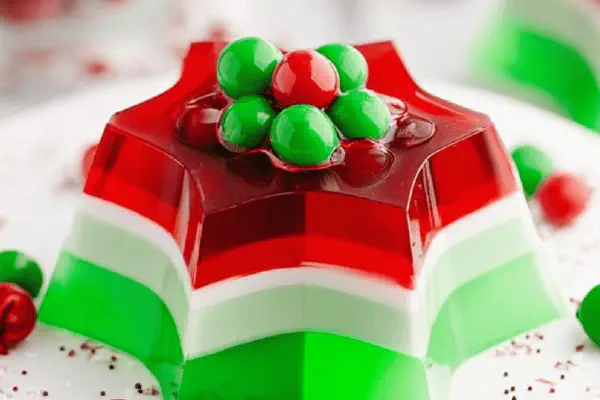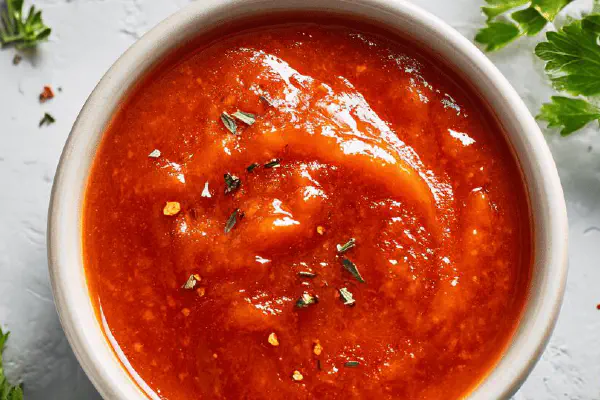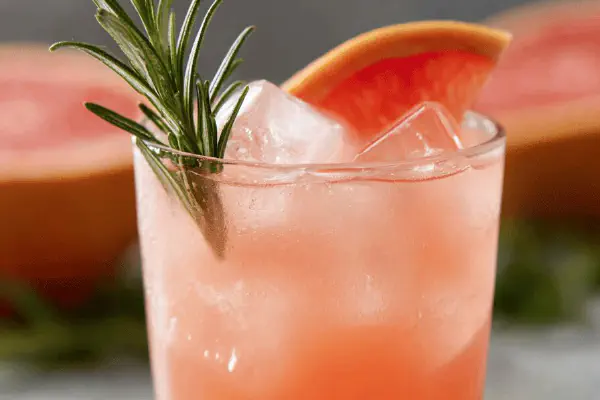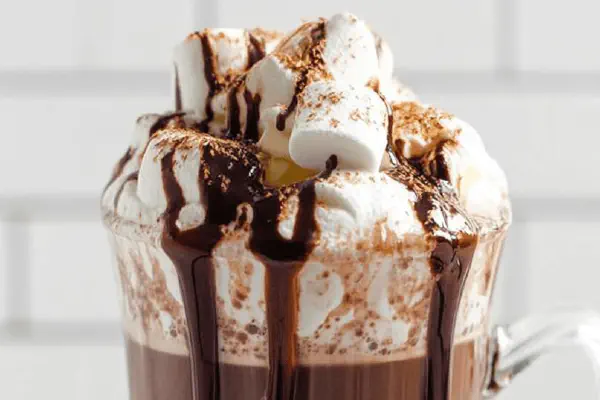Holiday Cranberry Punch Twist
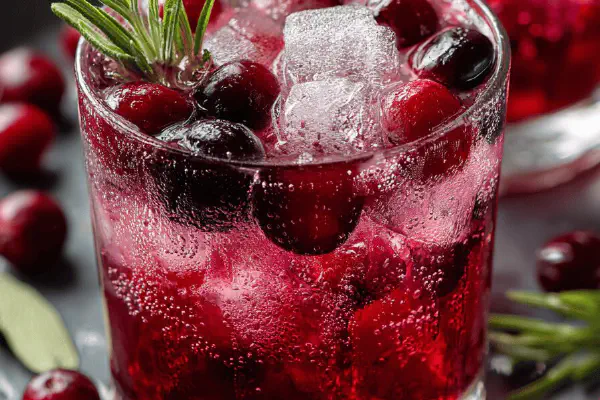
By Emma
Certified Culinary Professional
Ingredients
- 180 g frozen cranberries (about 2 cups)
- 140 g frozen black currants or substitute with frozen raspberries (1 cup)
- 120 g granulated sugar
- 300 ml filtered water
- 650 ml plain sparkling water or lemon-flavored sparkling water
- 850 ml unfiltered apple cider
- 1 small bunch fresh sage leaves
- 1 small bunch fresh rosemary sprigs
- Optional: 25 ml local gin per serving
- Ice cubes
- Additional frozen cranberries and rosemary sprigs for garnish
About the ingredients
Method
- Pour water, sugar, frozen cranberries, and black currants into a small saucepan. Set flame to medium-high and watch closely—the mixture will bubble and foam as the berries rupture, usually 10-12 minutes. Use a wooden masher or potato masher to crush fruits when they start popping. The popping sound changes from soft to a sharp crackle—that’s your cue to finish cooking.
- Once fruits have mostly broken down and syrup looks deep red, remove from heat. Pour through a fine mesh sieve or chinois set over a bowl. Use the back of a spoon to press and extract as much juice as possible. Don’t force too much pulp through or your punch will be cloudy and gritty. Let cool completely in the fridge—chilling thickens the flavor and smooths sweetness.
- Meanwhile, rinse fresh sage and rosemary. In a large pitcher, add cooled syrup, sparkling water, and apple cider. Bruise 3 sage leaves gently by crushing between fingers to release oils, then toss them in. Let sit 3-6 minutes; longer starts to lean bitter. Fish out sage leaves to keep brightness intact.
- To serve, fill glasses halfway with ice cubes. Pour punch over ice. Drop a fresh rosemary sprig and a few frozen cranberries in each glass for color and earthy aroma. If adult version desired, add 25 ml gin per glass. Stir gently to combine. The ice will dilute slowly, melding flavors without drowning them.
- Variations: Swap black currants for raspberries or blueberries; they burst quicker and add a softer tartness. Replace granulated sugar with honey or maple syrup for depth—reduce by 25% because sweeter. Substitute apple cider with pear juice for a different fruit note. Want fizzier punch? Use chilled tonic water but cut back syrup slightly to compensate bitterness.
- Common pitfalls: Overcooking fruit turns syrup bitter and burnt. Watch for color shift from bright red to dark burgundy. If punch is too tart, add splash of maple syrup or simple syrup after mixing. Too sweet? Add a squeeze of fresh lemon juice and more sparkling water. Always chill syrup fully before mixing to avoid fizz loss.
- Make ahead tip: Prepare syrup a day in advance and keep refrigerated. Assemble punch and add sparkling water just before serving to preserve bubbles. Keeps fresh herbs looking vibrant if added last minute.
Cooking tips
Chef's notes
- 💡 Simmer frozen cranberries and black currants in water with sugar on medium-high. Listen for the shift — berries start soft popping, then sharp crackle signals break apart. Push down fruit occasionally to burst skins and release color. Avoid overcooking or bitter notes develop. Don’t rush straining pulp through sieve; too much forces cloudiness. Chill syrup fully to thicken flavor and mellow sweetness before mixing punch.
- 💡 Bruise sage leaves gently between fingers or back of a spoon to release essential oils but keep it brief — 3 to 6 minutes max. Longer contact leans bitter, ruins fresh herbal brightness. Fish leaves out carefully for clarity in punch. Rosemary goes fresh in glass, dropped as garnish — adds piney scent without bitterness. Fresh herbs behave differently from dried, use sparingly if dried at syrup stage.
- 💡 Substitute black currants with frozen raspberries or blueberries for milder tartness and quicker burst; watch timing carefully. Replace granulated sugar with honey or maple syrup, reduce by 25% due to sweetness and weight. Apple cider can be swapped for pear juice for a different fruit character. Want more fizz? Use chilled tonic water, but cut syrup a bit to offset tonic bitterness.
- 💡 If syrup tastes too tart after cooling, stir in a small splash of maple syrup. If too sweet, squeeze fresh lemon juice and add a bit more sparkling water to dilute sweetness without losing fizz. Salt pinch brightens sweetness and calms acidity. Don’t add sparkling water too early or it kills carbonation; add last gently and stir lightly to keep bubbles alive. Timing and gentle handling key for fizz.
- 💡 Make syrup a day ahead and refrigerate to develop deeper taste. Assemble punch just before serving — add sparkling water last for freshest bubbles. Keep ice handy for slow dilution and flavor melding. Local gin works best if spiking, vodka is neutral alternative. Frozen cranberries preferred but fresh work extending simmer. Leftover syrup good as mixer, drizzle or cocktail boost. Fresh herbs in glass invite scent experience before sipping.
Common questions
How to tell syrup is done?
Listen hard — mix starts soft popping then sharp crackle as skins split. Color goes from bright red to a deeper burgundy. Texture thickens, bubbles frothy. Stop simmering right after most berries burst. Overcook and bitterness grows fast.
What if no fresh sage or rosemary?
Dried rosemary can go in syrup stage sparingly but expect less brightness. Sage oil won’t release well from dried leaves; better skip or add fresh herb tincture if you have. Garnishes lose aroma, punch profile flattens without fresh herbs.
Syrup too thick or too thin?
Too thick means overcooked fruit, flavor risks bitter burnt. Too thin means undercooked, weak flavor. Adjust simmer time. If syrup too sweet, add lemon and sparkling water. Too tart? Maple syrup splash helps balance after chill. Straining well avoids gritty mouthfeel.
How long keep syrup and punch?
Syrup keeps refrigerated at least 3 days, sometimes longer. Punch best fresh day of assembling, ice slowly dilutes flavor. Mix sparkling water last to preserve bubbles. Leftover syrup freezes well. Herbs best added just before serving for vibrancy.
